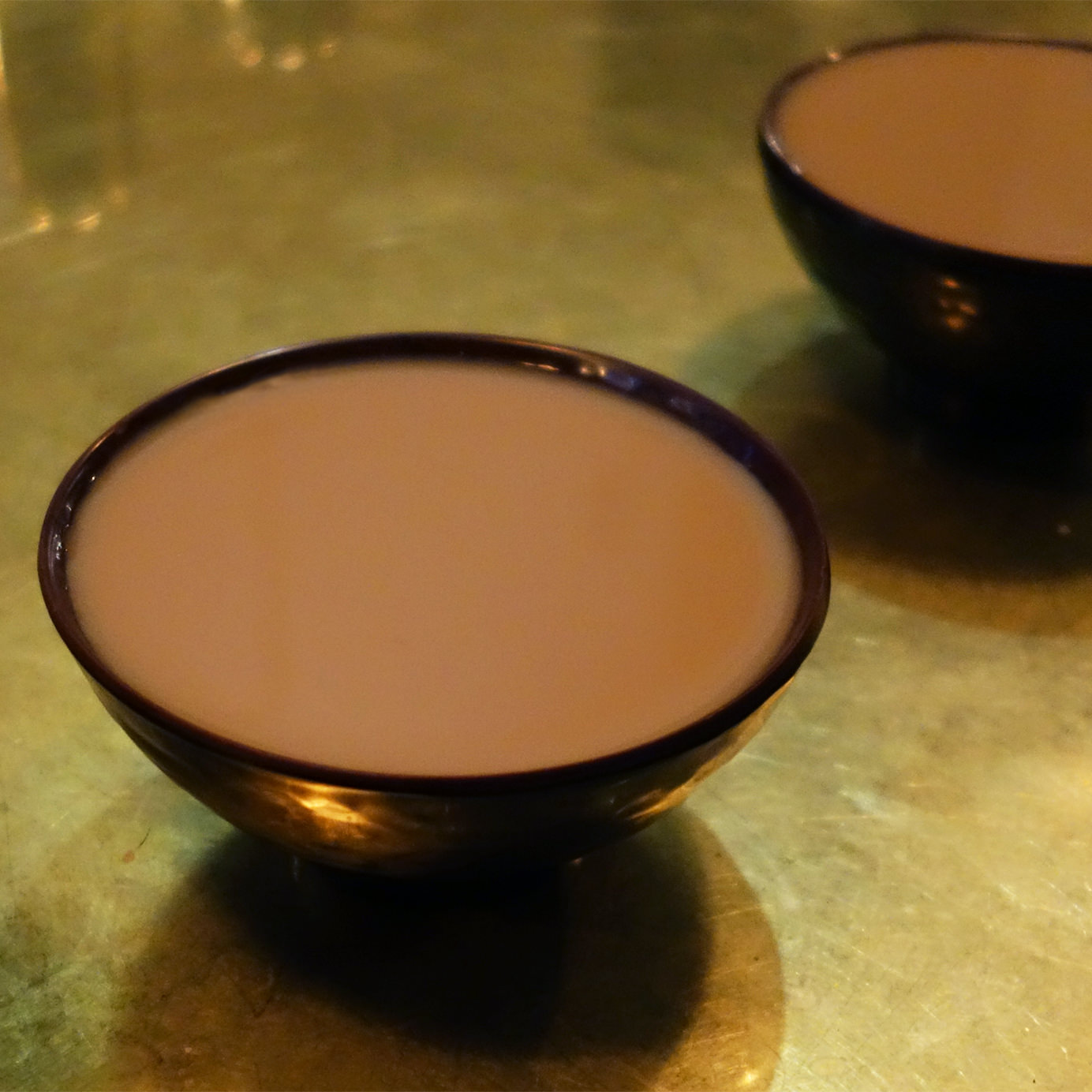In one of Brooklyn’s coolest neighborhoods, free-spirited locals sip on a beverage they say helps them relax, unwind, and socialize. At a similar bar in Berkeley, Cal., students imbibe during a mid-afternoon study session, taking gulps from coconut shells and chasing it with bites from a juicy tangerine.
What they’re drinking is called kava. It’s ancient, it’s not alcohol, and it’s coming to a weird place near you.
What Is Kava?
Kava, or kava kava, as the beverage is also called, is made from the roots of a plant (Piper methysticum) grown and cultivated largely in the Pacific Islands. It’s found throughout Fiji, Vanuatu, the Solomon Islands, and others, including Hawaii.
Traditionally prepared as a ceremonial “tea,” kava has been lubricating Polynesian social circles for 3,000 years. Now, the beverage is taking root in the U.S.
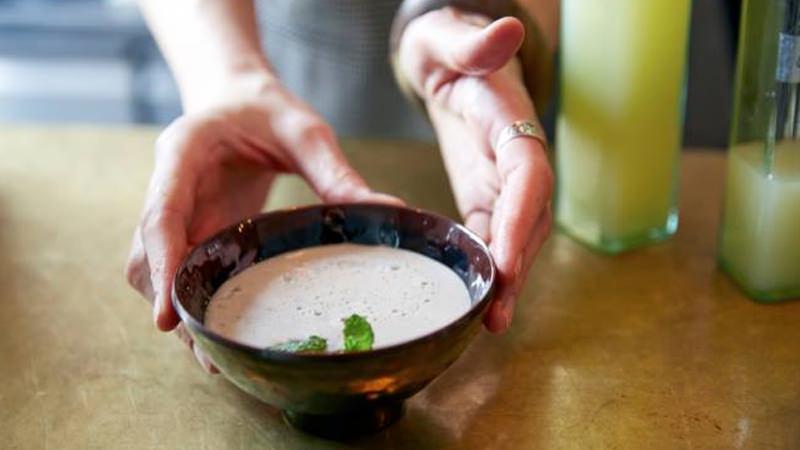
“Kava should be mood-lifting, relaxing, and socially lubricating,” says Tyler Blythe, co-founder of the American Kava Association, an organization that promotes cultural education and quality parameters for the wild root. Blythe also owns a kava bar and wholesale business, Root of Happiness, based in Sacramento. Good-quality kava, he says, is “something that’s going to relax you without intoxicating you.”
“Much like wine,” says Blythe, “you come to know certain regions for growing certain types of kava.” Different kava “varietals” can produce slightly different effects: Noble kavas, for example, the most common, are short-acting “social adhesives,” often sourced from Fiji, where kava is “an all-day drinker.”
Other regions, like Vanuatu, produce both noble and “tudei” kavas, which are heavier and more sedating, and have historically been known to be consumed at night. “Tudei is Bislama for ‘two days,’ because it can sometimes last into the next day,” Blythe says. “But it’s not horrendous or anything — it’s more like an afterglow.”
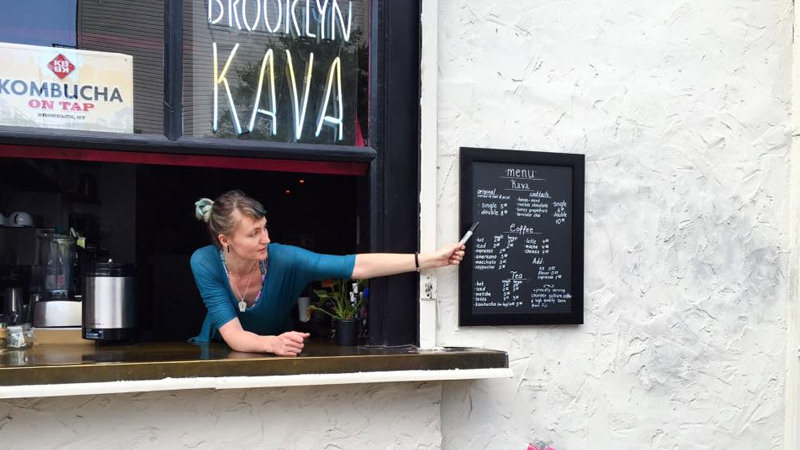
How Is Kava Served?
Kava is sold in powder form, in supplements, in tinctures, and even in edible treats. But walk into any kava bar, and you’ll typically be met with its traditional presentation — powder macerated in cold water, served up in a coconut shell (or something so inspired).
Served straight-up, it is bracingly, if not harshly, bitter (unsurprising, considering the word kava’s origin is literally the Tongan and Marquesan word for “bitter”), sometimes peppery (kava is a member of the pepper family), or a flavor best described in a common euphemism, “earthy.” It’s really, in a word, dirt. You are, after all, sipping a cup of cold mud.
For those who don’t acquire this taste, there are options. Some kava bars serve it with a liquid chaser, like pineapple or grapefruit juice. Others offer traditional cups alongside whole fruit, such as oranges or tangerines. Many kava bars employ an inventive list of kava cocktails.
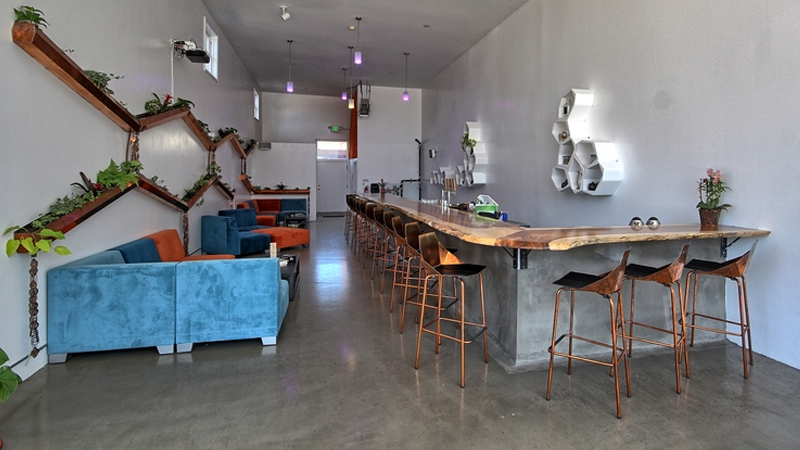
Where Can I Try Kava?
Despite the fact that most people will think you’re saying “Cava,” the Spanish sparkling wine, there are currently close to 200 kava bars across the country.
In California, Root of Happiness operates locations in Davis and Rancho Cordova; MeloMelo Kava Bar, the first kava bar in the Bay Area, is based in Berkeley, and soon opening a second location in Santa Cruz; and Kava Lounge SF has planted its flag as the first kava bar in San Francisco.
South Florida has the highest concentration of kava purveyors of any state, starting with kava importer, Nakamal, and kava bar, the Nak, run by Jeffrey Bowman, considered the “granddaddy” of kava in the state. Kavasutra Kava Bar operates four locations there, along with a location each in Denver and New York. Brooklyn is home to Brooklyn Kava and House of Kava, both in the trendy Bushwick neighborhood.
Kava is also available at bars in Texas, North Carolina, and its U.S. homeland, Hawaii. (The “granddaddy” there is Zack Gibson, a native Hawaiian kava farmer, who also runs Kanaka Kava, in Kona, Blythe says.)
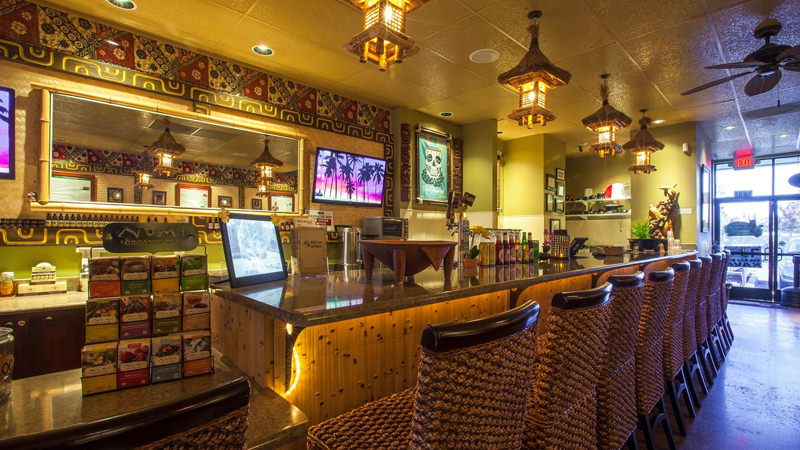
Is Kava a Win-Win?
In the U.S. and around the world, kava means different things to different people. It’s interpreted as an anti-anxiety aid, a mood booster, a health supplement, or an alternative to alcohol, coffee, or weed. Its advocates will tell you it’s all of these things rolled into one potable powder. For our purposes, let’s call it a sessionable socializer.
Its appeal is akin to that of low-proof imbibing, with a bit of kombucha and community thrown in for good measure. Fortunately for those who are curious, kava is everywhere, spreading positive vibes nationwide.
“Now more than ever, people are looking for ways to reduce their stress levels and get healthier,” Blythe says. “[Kava] does some of the things all their other favorite choices do, without a lot of the negative consequences. It’s kind of a win-win.”
